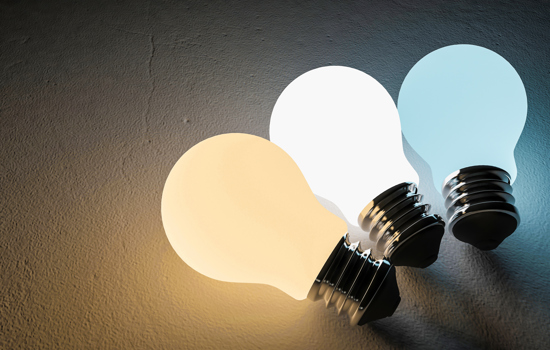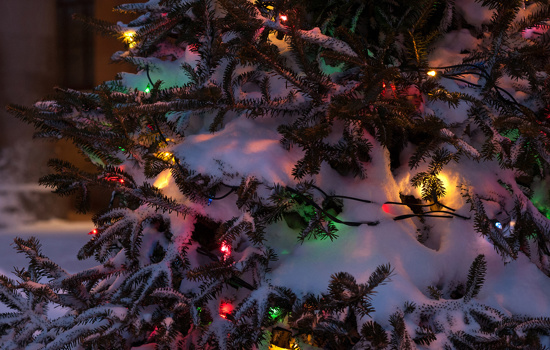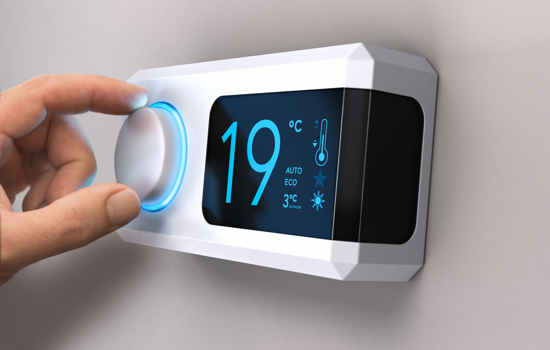LED Lighting FAQ
What are LEDs?
- LED stands for Light Emitting Diode. A light-emitting diode (LED) is a solid-state semiconductor that emits light when a current passes through it. LEDs are comprised of three main components: the LED's (the chip set that produces light), the driver (converts AC to DC) and the heat sink (to keep everything cool). LED bulbs perform the job of converting electricity to light more efficiently than other types of light bulbs, that is why we can replace a 60W incandescent light bulb with an equivalent 11W LED bulb.
Why can I no longer purchase standard incandescent light bulbs?
- On January 1, 2014, the import and sale of 75W and 100W standard incandescent bulbs were phased-out under new energy efficiency regulations. 40W and 60W standard incandescent bulbs were phased-out one year later. Retailers were allowed to sell existing stock. Standard incandescent light bulbs are no longer available for purchase.
What types of light bulbs are available for purchase today?
Consumers are able to choose from a variety of light bulbs including halogen incandescent, compact fluorescent (CFL) and LEDs in various shapes and sizes, light outputs (brightness) and light appearances (colour temperatures). Your best choice to save money over the long run and reduce your electricity consumption is to purchase LED bulbs for all your household lighting requirements.
What are the main benefits of using LED lighting in my home or business?
Compared to a standard incandescent, halogen incandescent or compact fluorescent (CFL), LEDs are:
- Smaller in size
- Consume less energy
- More durable and reliable
- Last longer
- Contain no harmful toxins
- Do not emit UV rays
- Equally as bright
- Immediately on and start at full brightness
- Fully dimmable
- Ideal for outdoors and perform well in both heat and cold
- Operate at low voltages (safer for children, seniors and pets)
Which bulbs cost the least to purchase and operate over the long run?
While a halogen incandescent bulb may be the cheapest to buy, the overall cost of both purchasing and powering the bulb will be far higher than an LED bulb. Over the longer life of an LED (i.e. 20 years), savings can exceed $50.00 per bulb. That can really add up if you replace all your old standard incandescent bulbs and halogen incandescent bulbs with new LED bulbs. If you currently use compact fluorescent bulbs (CFLs), continue using them until the end of their service life and then replace them with new LED bulbs*
* Fluorescent lights (CFLs and fluorescent tubes) contain small amounts of mercury and should be handled with care. Please remember to dispose of your old CFL bulbs in a responsible manner by taking them to your nearest Waste Watch drop-off centre.
How efficient are LED bulbs compared to incandescent bulbs?
Today’s LED bulbs use approximately 75% less energy than halogen incandescent bulbs, and over 80% less energy than the now phased-out standard incandescent bulbs when comparing equivalent brightness bulbs.
Are today’s LED bulbs really as bright as my old incandescent bulbs or new halogen incandescent bulbs?
Yes. The LED bulb you purchase today will provide the same brightness as your standard incandescent bulb or halogen incandescent bulb if you follow the replacement wattage guidelines on the LED bulb packaging. A “60W replacement” label on the LED bulb packaging means your new LED bulb will output the same brightness level as a standard 60W incandescent bulb. Brightness is measured in lumens (lm). A standard 60W incandescent bulb produces approximately 800 lm, whereas a 60W replacement LED also produces approximately 800 lm.
Will my new LED bulbs have the same warm, soft glow as my old incandescent bulbs?
Yes. Light appearance, or colour temperature, is measured using the Kelvin (K) scale. Today’s LED bulbs are available across the color temperature spectrum. The Lighting Facts label on most LED bulb packages will display a Light Appearance bar that will tell you what colour temperature the bulb you are considering for purchase will provide. This information is also displayed on other areas of the packaging. A simple colour guide would include:
- 2700K/3000K: warm white, soft white (yellowish hues)
- 4000K: bright white, natural white
- 5000K/6500K: cool white, daylight (bluish hues)
How to dispose of old bulbs in Prince Edward Island through the PEI LightRecycle Program
Replacing your old light bulbs with new LED bulbs is a good move for both your pocketbook and the environment. But remember, to really do your part in protecting the environment, you also need to dispose of your old bulbs in a responsible manner.
Fluorescent lights (CFLs and fluorescent tubes) contain small amounts of mercury. As there is no safe level of exposure to mercury, care must be taken to ensure that materials are handled properly. Follow these simple steps to safely handle, store and transport compact fluorescent lights (CFLs) and fluorescent tubes:
- Recycle all your CFLs and fluorescent tubes to keep mercury out of landfills.
- Remove and install the CFL only by handling the base of the bulb to prevent any unnecessary pressure on the glass that could cause it to break.
- Store and transport CFLs and fluorescent lamps in containers such as original packaging that help prevent bulbs from breaking.
The PEI LightRecycle Program, established in 2015, accepts household quantities of the following types of light bulbs and tubes for recycling without charge:
- Fluorescent tubes (straight, curved, U, circular, square etc.)
- Incandescent and halogen bulbs
- Compact fluorescent lights (CFLs)
- Light emitting diodes (LEDs)
- High-intensity discharge lamps (HIDs)
The PEI LightRecycle Program is funded by Environmental Handling fees or ‘’EHFs’’ applied to the sale or supply of new light bulbs in PEI. This means you are paying “up front” for the proper handling and disposal of old light bulbs at the end of their service cycle. But it’s up to you to make sure your old bulbs get recycled properly.
Where can I dispose of my old light bulbs?
It is your responsibility to bring your old bulbs to one of six Island Waste Management Corporation (IWMC) collection sites across PEI. DO NOT dispose your old bulbs through the curbside waste collection system black cart.
For additional information please visit the Prince Edward Island LightRecycle website, or call Customer Service at Island Waste Management: 1-888-280-8111.



